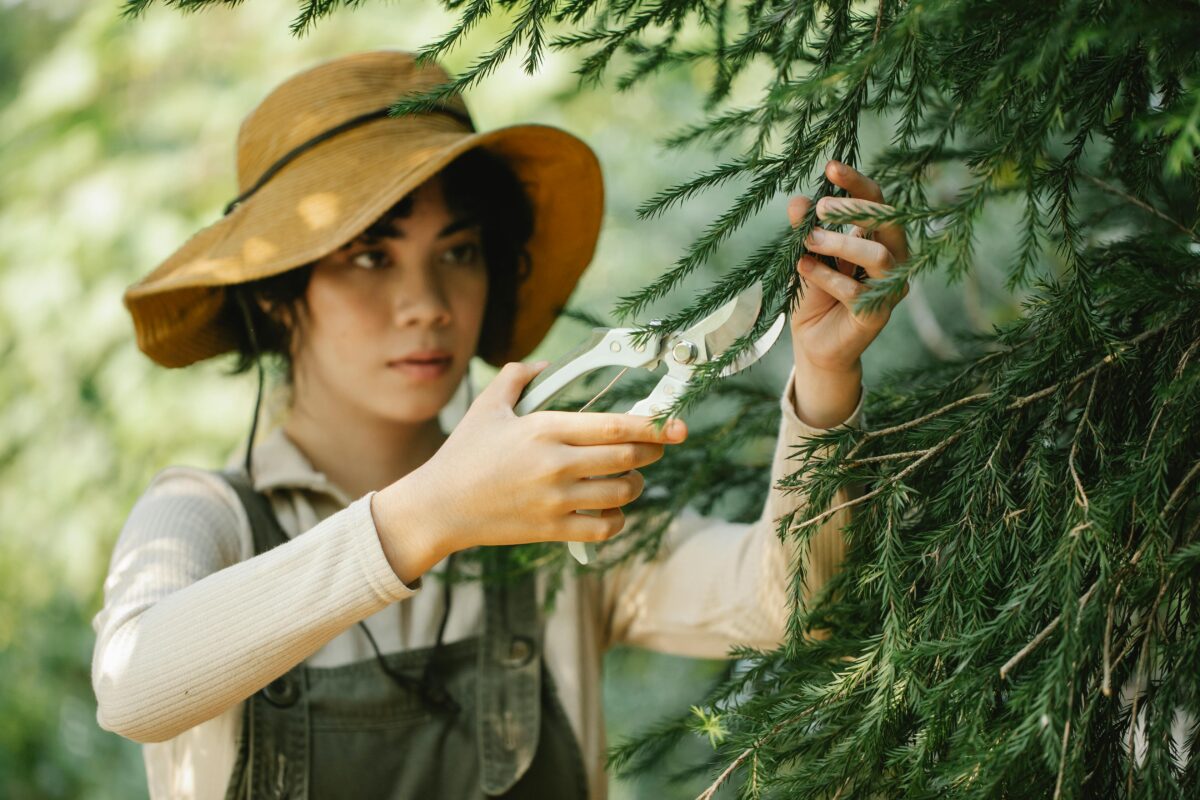Jacaranda Tree Care: Tips for Growing and Maintaining

Jacaranda Tree Care: Tips for Growing and Maintaining
The jacaranda tree, known for its stunning purple blooms and graceful foliage, is a favorite among gardeners and landscapers. Native to South America, this tree thrives in warm climates and adds a touch of elegance to any garden. However, proper jacaranda tree care is essential to ensure its health and beauty. In this guide, we’ll cover everything you need to know about planting, watering, pruning, and maintaining a jacaranda tree.
Why Grow a Jacaranda Tree?
Jacaranda trees are prized for their:
- Stunning blooms: Vibrant purple flowers that create a breathtaking display.
- Shade: A wide canopy that provides ample shade during hot summers.
- Aesthetic appeal: A striking addition to gardens, parks, and streetscapes.
With the right jacaranda tree care, you can enjoy these benefits for decades.
Planting a Jacaranda Tree
Choosing the Right Location
Jacaranda trees thrive in warm, sunny climates and well-drained soil. When selecting a location:
- Ensure the area receives full sunlight for at least 6–8 hours a day.
- Avoid planting near structures or sidewalks, as the tree’s roots can be invasive.
Soil Preparation
Jacarandas prefer slightly acidic to neutral soil (pH 6.0–7.0). If your soil is heavy or clay-like, amend it with organic matter like compost to improve drainage.
Planting Steps
- Dig a hole twice as wide and as deep as the tree’s root ball.
- Place the tree in the hole, ensuring the top of the root ball is level with the ground.
- Backfill the hole with soil and water thoroughly.

Watering and Fertilizing
Watering
- Young trees: Water deeply once a week to establish strong roots.
- Mature trees: Water every 2–3 weeks, depending on rainfall. Jacarandas are drought-tolerant but perform best with consistent moisture.
Fertilizing
- Use a balanced, slow-release fertilizer in early spring to promote healthy growth and flowering.
- Avoid over-fertilizing, as this can lead to excessive foliage growth at the expense of blooms.
Pruning and Maintenance
Pruning
- Prune your jacaranda tree in late winter or early spring before new growth begins.
- Remove dead, damaged, or crossing branches to maintain the tree’s shape and health.
- Avoid heavy pruning, as this can reduce flowering.
Pest and Disease Control
Jacaranda trees are relatively pest-resistant but can occasionally be affected by aphids or scale insects. Treat infestations with insecticidal soap or neem oil.

Common Challenges in Jacaranda Tree Care
- Leaf Drop: Jacarandas may drop leaves during dry spells or before flowering. This is normal and not a cause for concern.
- Root Invasiveness: Plant jacarandas at least 10–15 feet away from structures to prevent root damage.
- Frost Sensitivity: Jacarandas are sensitive to frost. If you live in a cooler climate, consider growing the tree in a container that can be moved indoors during winter.
For more detailed information on tree care, check out this guide from The Spruce.
Frequently Asked Questions
How fast does a jacaranda tree grow?
Jacaranda trees grow at a moderate rate of about 1–2 feet per year, reaching up to 40 feet tall at maturity.
When do jacaranda trees bloom?
Jacarandas typically bloom in late spring to early summer, producing clusters of purple flowers.
Can I grow a jacaranda tree in a pot?
Yes, young jacaranda trees can be grown in large pots. However, they will eventually need to be transplanted into the ground as they grow.
Final Thoughts
With proper jacaranda tree care, you can enjoy the beauty of this stunning tree for years to come. From planting to pruning, these tips will help you grow a healthy and vibrant jacaranda that will be the envy of your neighborhood.
